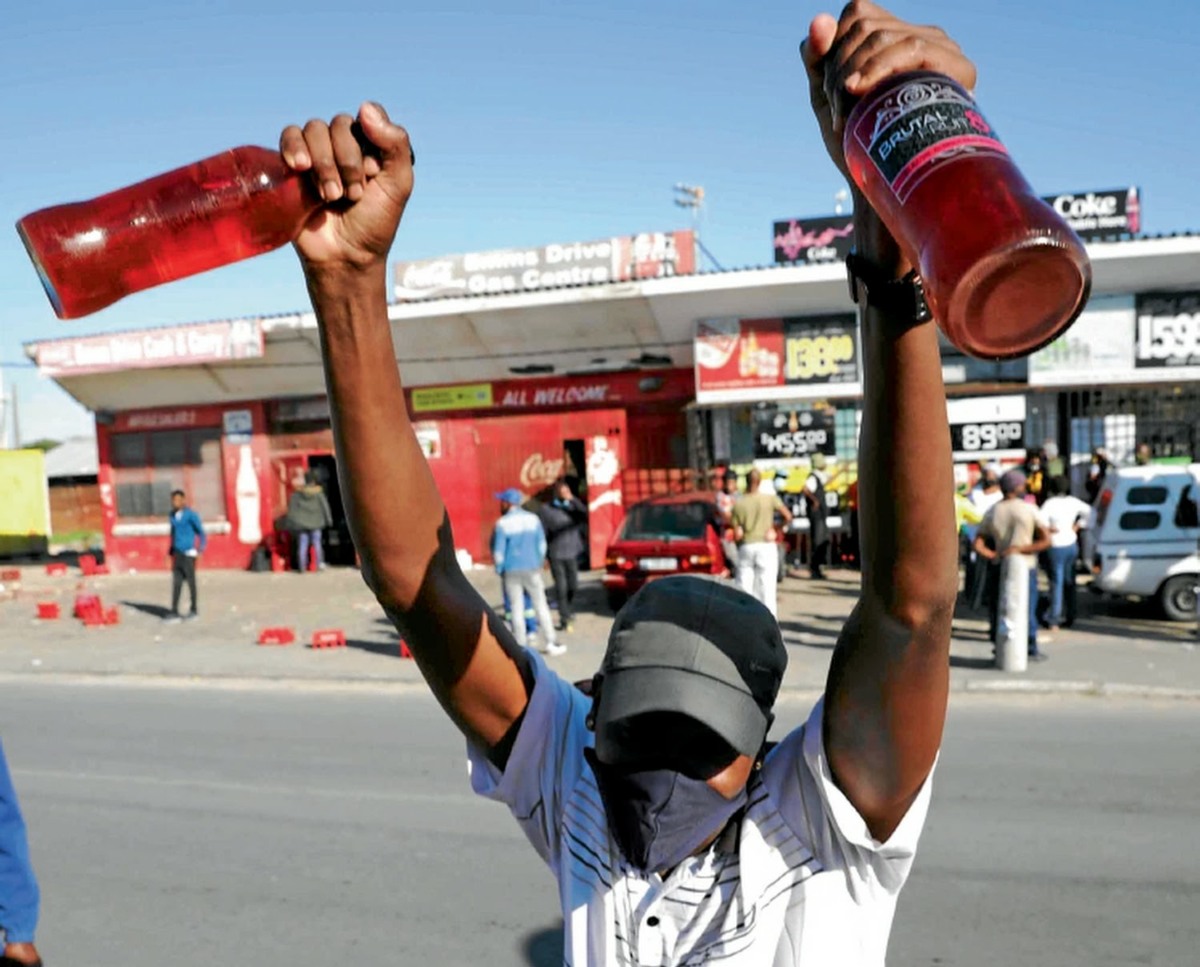
Youth
The Issue
We have seen reports in the media with regard to youth and alcohol. They have been confession on how young our youth is starting to take alcohol and drugs.

The Facts
Alcohol is a part of our society and the majority of Kenya enjoy alcohol beverages. To pretend that young people will grow up to enter a world of abstinence is both unrealistic and irresponsible.
The Solution
In spite of all this, the fact remains that alcohol abuse is still a significant problem among youth that requires our attention. Thus, the question remains: what can we do to reduce alcohol abuse?
Significantly, hype and exaggeration are actually an important part of the problem. A negative spin on drinking statistics has a negative impact on drinking behaviors by contributing to a “reign of error. When people believe that “everyone is doing it,” abusive drinking increases as they try to conform to the imagined behaviors of others. This is especially true among young people. Perceptions of the drinking behaviors of others strongly influences the actual drinking behavior of students.
The exaggeration of alcohol abuse tends to create a self-fulfilling prophesy. The more young people believe heavy drinking occurs, the more heavily they tend to drink in order to conform.
Individual students almost always believe that most others on campus drink more heavily than they do and the disparity between the perceived and the actual behaviors tend to be quite large.


What We Do
Instead of stigmatizing alcohol and trying to scare people into abstinence, we need to recognize that it is not alcohol itself but rather the abuse of alcohol that is the problem.
Teaching about responsible use does not require student consumption of alcohol any more than teaching them world geography requires them to visit Mt Kenya, or teaching them civics requires that they run for office or vote in presidential elections. We teach students civics to prepare them for the day when they can vote and assume other civic responsibilities if they choose to do so.
Because either drinking in moderation or abstaining should both be equally acceptable options for adults, we will prepare students for either choice. To do otherwise is both irresponsible and ineffective, if not counterproductive.
It is essential that we re-think our approach to the problem. Our youth are too important and the stakes are too high to so otherwise. That is why we have taken an initiative to conduct seminars as in our schools and colleges to sanitise this problem.

